Beginner Horror Movies To Show Your Scaredy Cat Friends
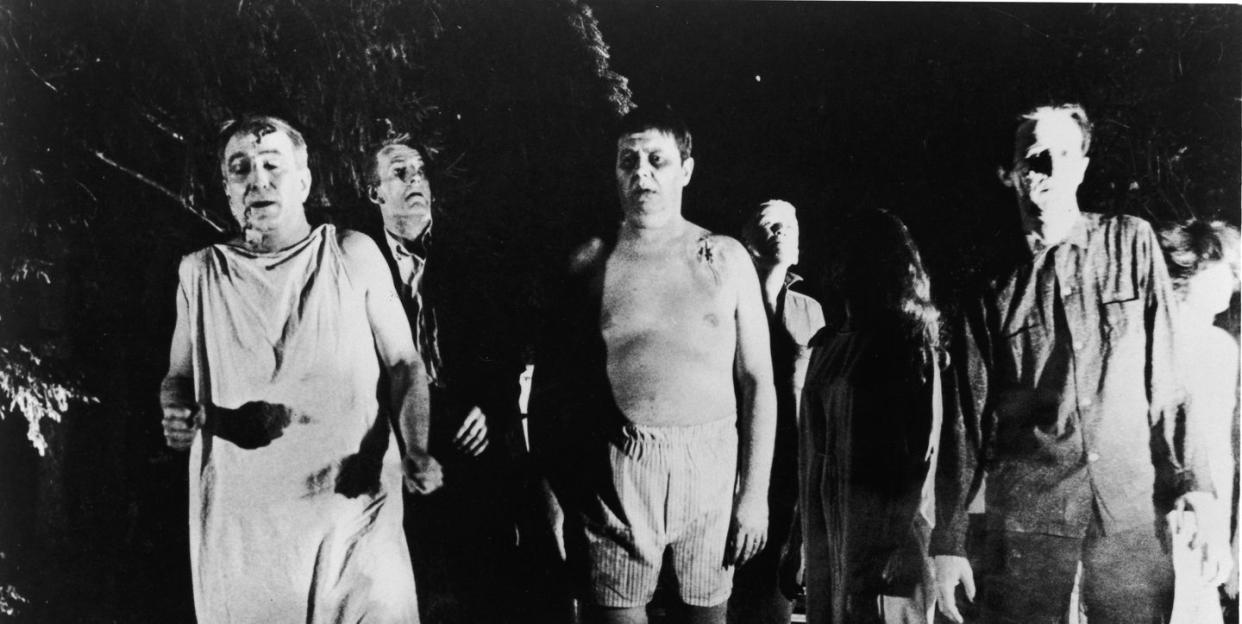
The nauseating gore, unrestrained violence, and cortisol spiking jump scares typical of classic horror films isn’t always especially palatable to the everyday cinephile. Thankfully, the horror genre has progressed lightyears beyond the rote slashers of the 1980s and introduced elements of psychothrillers, surrealism, and black comedy expanding the genre's appeal to a more mainstream audience and leaving room for even the most squeamish among us.
Night on Elm Street
Wes Craven’s 1984 masterpiece starring Robert Englund as the instantly recognizable Freddy Kreuger is a dizzying, original film blending elements of the supernatural, surrealist filmmaking, and touches of the classic revenge fantasy archetype. Krueger, a mangled, sadistic killer, stalks and terrorizes a group of suburban teens through their dreams (that he quickly turns to nightmares) in a bid for vengeance against the parents of Elm Street who killed him in a blaze years before. Despite the film's tense atmosphere, the camp element and amusing dream sequence practical effects keep the film entertaining without veering into the territory of truly terrifying.
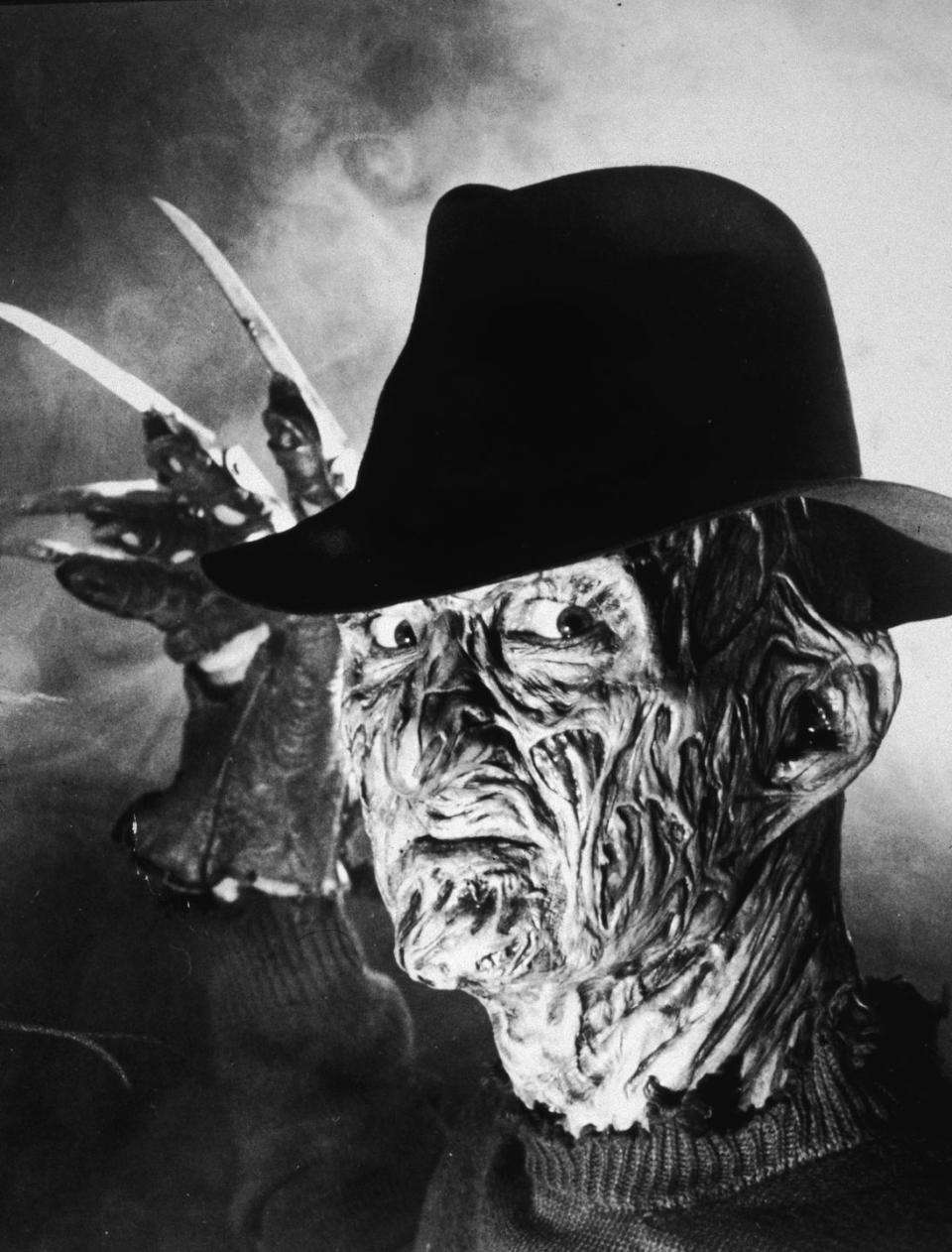
Night of the Living Dead (1968)
The seminal zombie flick, Night of the Living Dead’s low budget, gritty aesthetic would come to define horror after its 1968 release. A true classic of the genre, the film follows a group trapped by an advancing zombie horde in a small farmhouse in western Pennsylvania with a man named Ben leading their defense. Living Dead was not only lauded for its ghoulish special effects and scares, but also for its commentary on race in America and how we behave under the deterioration of our fragile social order. Ben, the film’s protagonist played by Duane Jones, was one of the first black men to assume a leading role in a widely released horror film, making the film a landmark for the advancement of equitable representation in American cinema.
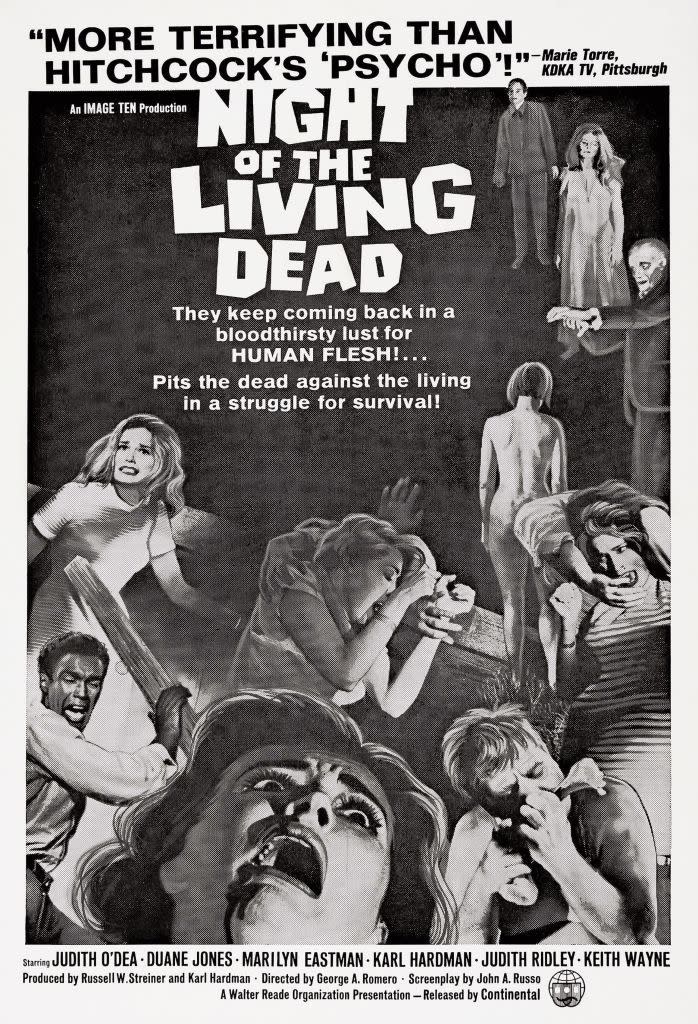
The Blair Witch Project
The 1999 found footage film directed by Daniel Myrick and Eduardo Sanchez follows a group of naive documentarians as they venture into the Maryland wilderness to investigate the legend of the titular “Blair Witch”. Marketed as a true story pulled from raw footage found after the group’s “disappearance”; The Blair Witch utilized the grainy, low quality aesthetic associated with amateur filmmaking to create a realistic, strangely intimate atmosphere depicting the group getting more lost and disoriented by the woods as their paranoia and mistrust of their own realities begin to slip. An amalgamation of the film’s relatively unknown actors, utilization of psychological terror as opposed to tawdry jump scares, and unnerving atmosphere allowed it to ascend to the coveted “cult classic” stratosphere and spawn an entire subgenre of horror. Despite a shoestring budget of just $60,000, The Blair Witch was a massive success, raking in nearly $248,000,000 at the worldwide box office.
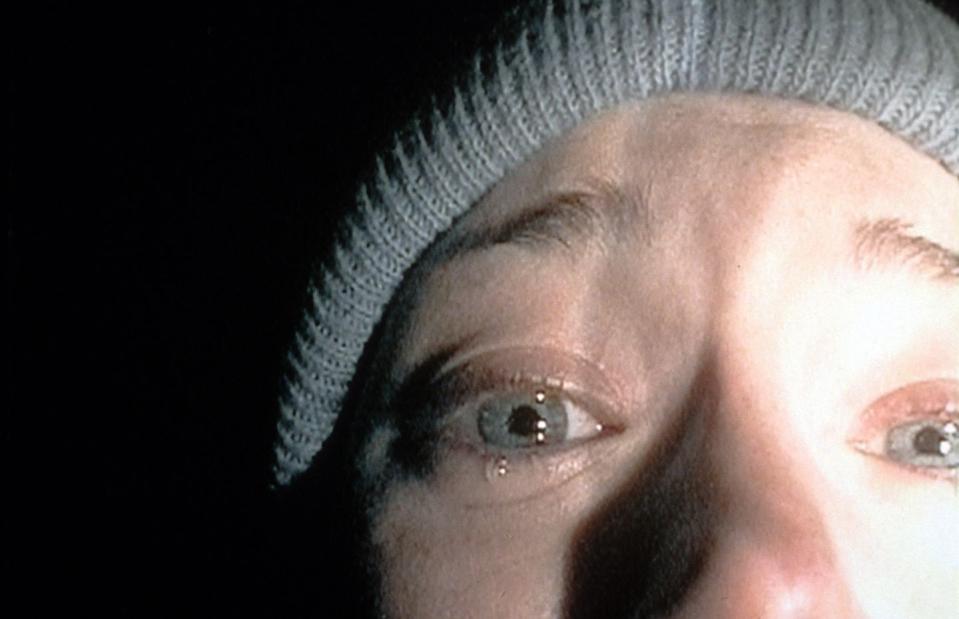
Scream
Wes Craven’s brilliant, self-referential slasher is a paradigm of the genre, helping revitalize the slasher subsect of horror after waning success following the conclusion of the 1980s. In Scream, a group of Woodsboro teens are stalked and terrorized by the universally recognizable “Ghostface” in a meta-commentary of the horror genre through a carefully balanced blend of self awareness and genuine suspense fused together on screen. Scream subverts some tired horror tropes like the “final girl” while gleefully playing into others to keep its archetypal recognition notable. Though Scream is widely considered a “lightning in a bottle” movie, the massive franchise the original created is able to recreate the first film’s magic to varying degrees of success. Nonetheless, each remains an enjoyable watch, even if only able to be stomached through mocking their sheer absurdity.
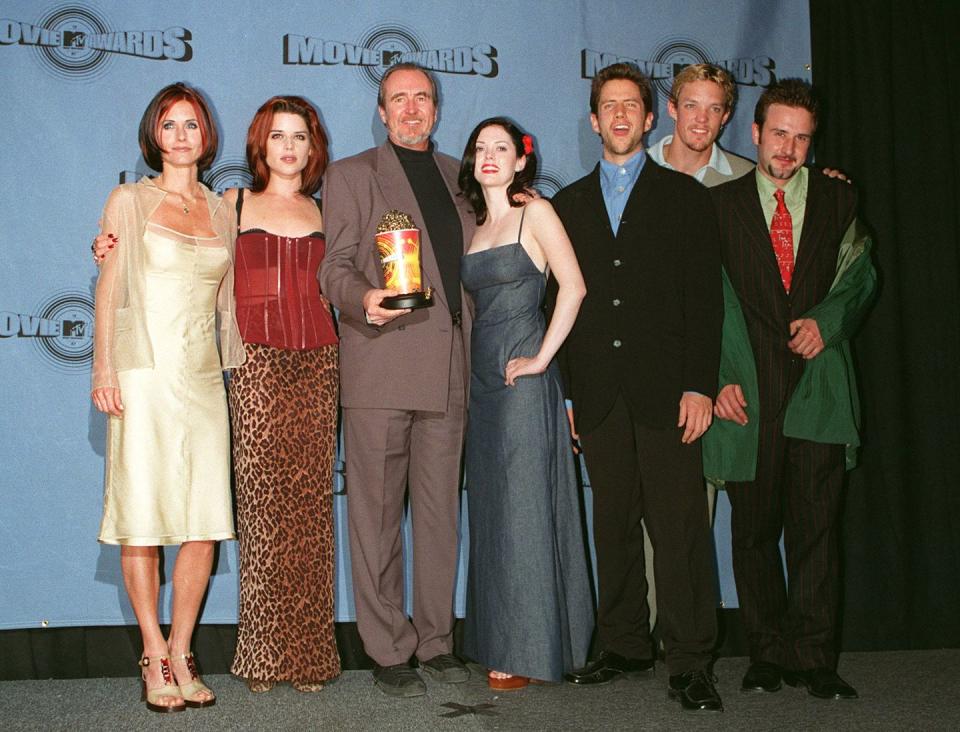
Children of the Corn
Based on the 1977 Stephen King short story of the same name, Children of the Corn follows a young couple (Burt and Vicky) trapped in the desolate rural town of Gatlin, Nebraska wherein the town’s children have formed a dogmatic cult worshiping a barbarous deity known as “He Who Walks Behind the Rows”. The film explores ideas of fanaticism, unquestioning faith, and the exploitation and manipulation of young minds set against an eerie, seemingly endless sea of cornfields. Children of the Corn’s primary antagonists, the town’s children, utilize an interesting and unconventional adversary, creating a memorable, unsettling crescendo at the film’s climax.
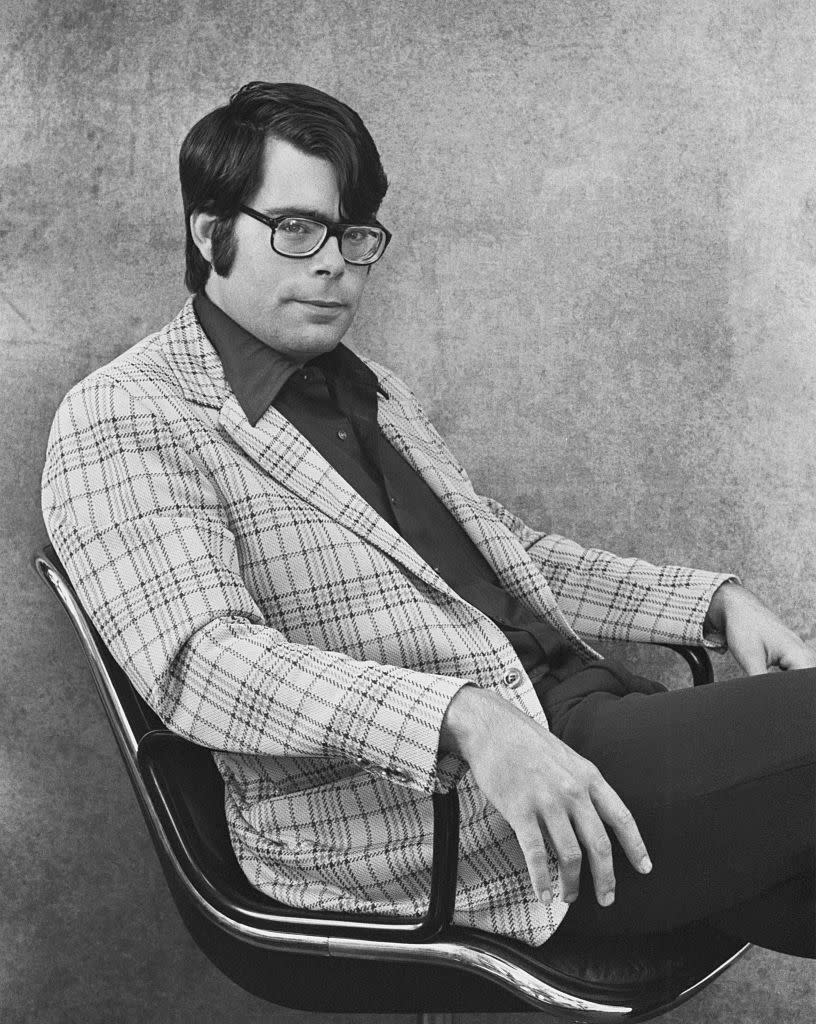
Shaun of the Dead
The British horror comedy starring Simon Pegg is an exquisite blend of comedy and horror, making for a singular, genre-defying viewing experience. Shaun (Pegg) finds himself pulled from the monotony of his routine at a dead-end job and thrust into the midst of a zombie apocalypse, all the while trying to win back his ex-girlfriend and reconcile with his best friend. Shaun of the Dead manages to pay homage to titans in the zombie genre while cleverly circumventing the uninspired tropes these film’s can fall victim to. The film’s trademark wit and biting dialogue, paralleled with classic zombie gore and jump scares, solidify Shaun of the Dead as a truly unforgettable watch.
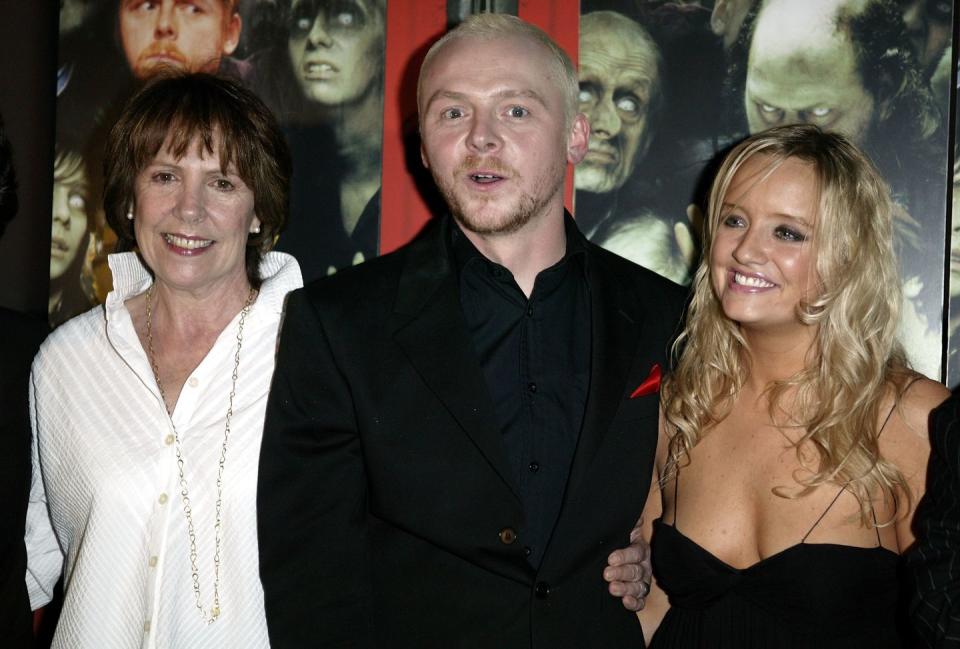
Happy Death Day
A uniquely macabre take on the “Groundhog Day” movie trope, Happy Death Day follows Tree Gelbman; a sorority sister trapped in a time loop reliving her birthday wherein each iteration she’s inevitably killed by a masked assailant as she tries (and continually fails) to reveal their identity. Despite the film’s relatively formulaic plot, its lack of self-seriousness and ironic, witty dialogue offset this to buoy its entertainment value beyond that of other unmemorable slasher features. Carrying a PG-13 rating, Happy Death Day is fairly minimal on the gore front and instead leans more heavily into the comedic and mystery building elements of the story that set it apart from other slashers following a similar framework.
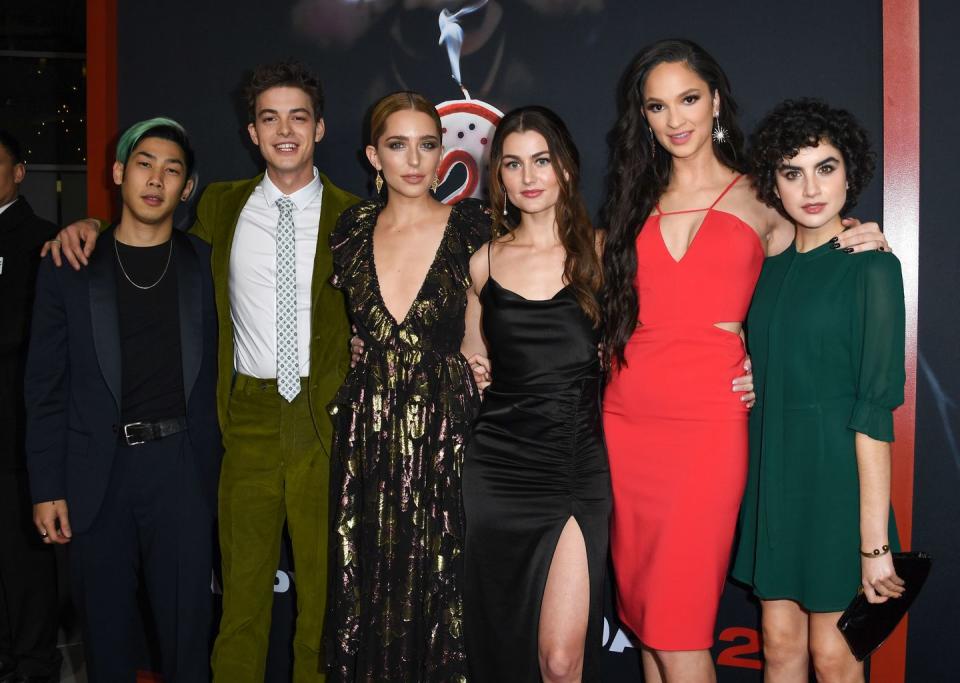
Final Destination
James Wong’s 2000 horror film follows a group of high school students who “cheat” death after one of them has a grisly premonition leading to them narrowly avoiding a deadly plane crash. Following the crash, the group continually tries to evade death as death itself (an intelligent entity in this universe) seeks to right the imbalance their survival created. The nihilistic franchise is perhaps best known for its inventive, elaborate, and increasingly absurd cinematic death sequences that often integrate banal everyday objects (Final Destination 3’s tanning bed sequence arguably offered a more effective moratorium on tanning bed use than any public health campaign about the risks of melanoma ever could), becoming the focal point of the film’s appeal. Despite the film’s fatalistic tone and sometimes gruesome scenes, it's full of enough truly ridiculous, implausible scenarios that it leans more toward tacky entertainment than true terror.
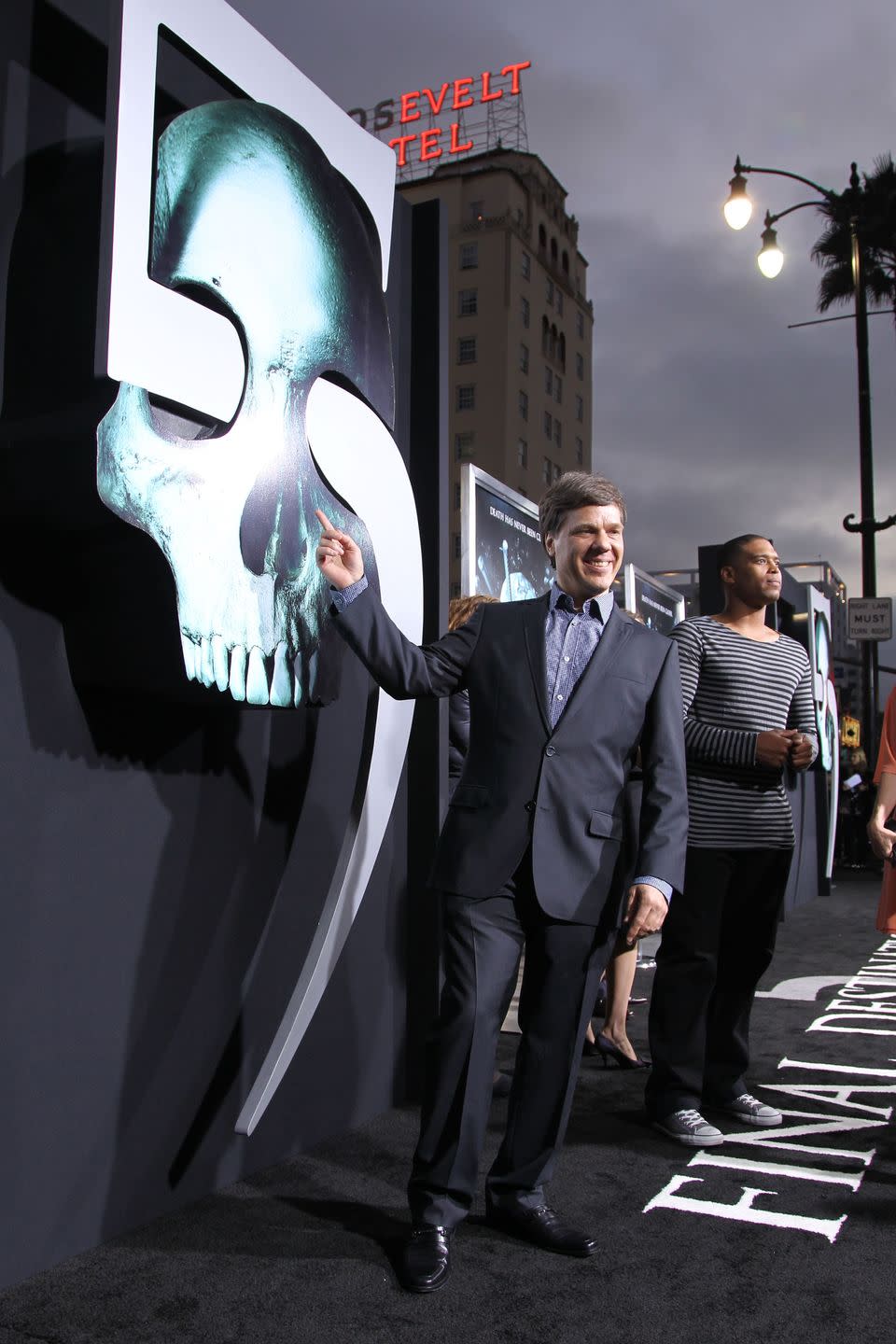
Cabin in the Woods
Written by Joss Whedon and Drew Goddard, the 2012 horror follows a group of college students on a weekend getaway at a remote cabin in the wilderness. Superficially a stereotypical “cabin in the woods” horror flick, Cabin in the Woods quickly and cleverly subverts audience expectations while deconstructing and repurposing a smattering of horror tropes in a uniquely self-aware fashion. The film’s intricate screenplay offers a tongue-in-cheek homage to past horror giants while recognizing the formulaic nature of many of the genre’s greats and questioning the morality of the spectacle of horror and the voyeuristic role we take on as audience members.
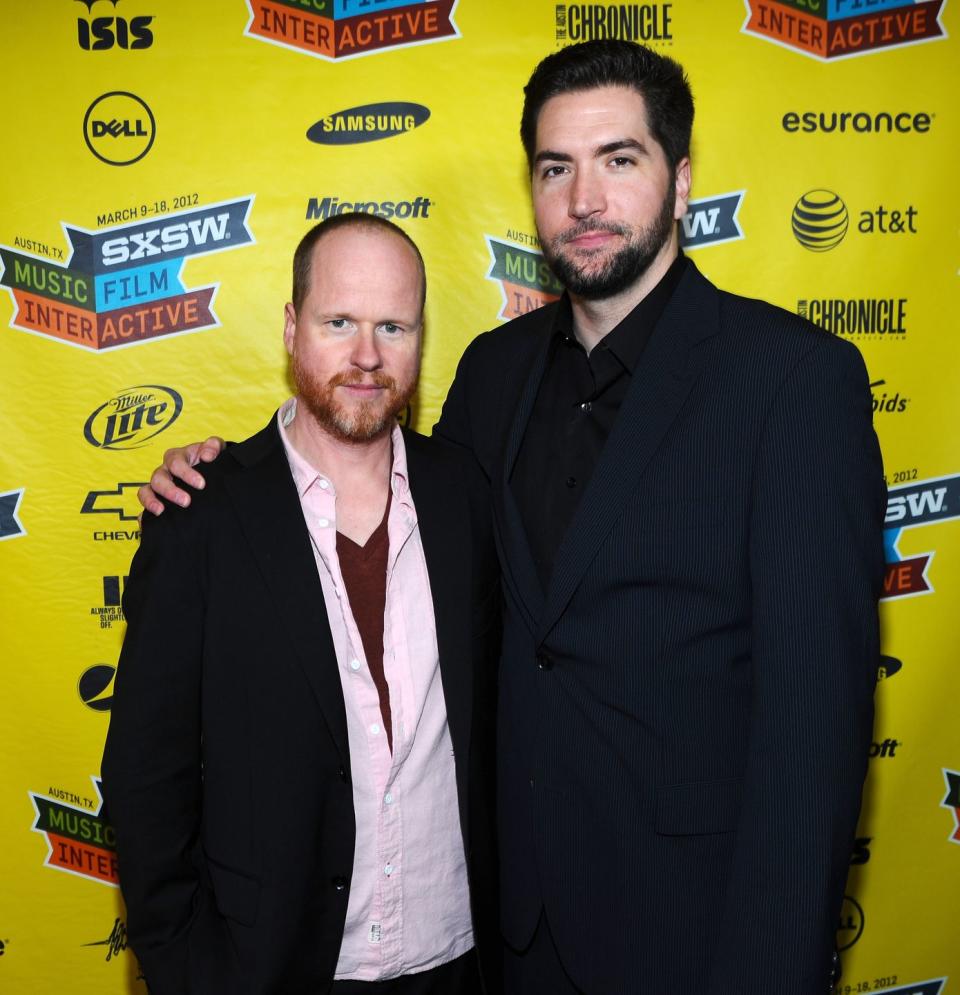
You Might Also Like

